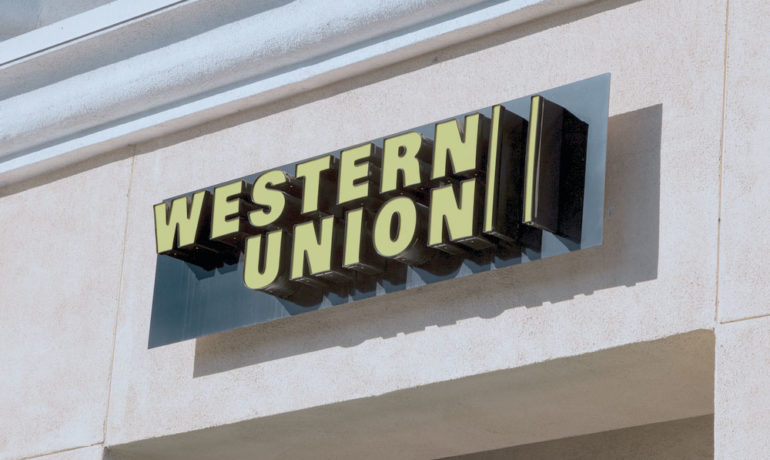Since we last wrote to you, not much has changed in the market environment, with the S&P 500 rising during the second quarter by another 5.2%1. The bull market that began in March 2009 continues to push forward despite subpar economic growth, largely on the back of continued reassurances by the Fed, healthy animal spirits, and a more accommodative European Central Bank. In other words, the central banks of the world continue to promise to print money, and investors cheer this behavior because they believe this money printing will cause enough inflation to offset the deflationary pressures of deleveraging consumers and government, but not enough inflation to cause interest rates to rise. If they are correct, the market will likely continue to rise because it would be viewed cheap relative to current interest rates. However, this ideal scenario is only one of a number of possible scenarios. Many other scenarios, such as one in which the money printing is not enough, causing a deflationary shock, or one in which money printing is too much, causing an inflationary shock and rising interest rates, would be decidedly negative for the market. While we believe the scenario of low-interest rates and modest growth is the one that investors think is most probable, we have been investing long enough to know that, given enough time, improbable events are guaranteed to occasionally transpire. In the face of this fundamental uncertainty about the future, we believe that the best wealth maximizing strategy is to build a portfolio that benefits from probable scenarios but that is robust to the improbable scenarios.
As a result, our portfolio continues to be dominated by high return on capital, conservatively levered, steady growth, geographically diversified business such as Procter & Gamble, MasterCard, Coca-Cola, and Pepsico. While some of these stocks have lagged in the recent stock market rally, we continue to believe that these businesses, with the stability of demand for their products, their participation in the long-term growth of the emerging markets, and their still-reasonable prices, possess the best risk-adjusted returns in the market today. In fact, because of investor complacency driven by confidence in current and future central market policy, we believe they provide similar and, in many cases, higher long term forward rates of return than many of the cyclical and story stocks that dominate the headlines today, despite less risk to our portfolio holdings’ business performance if the benign environment that we’re experiencing changes.
One such business, Western Union, provides a particularly instructive example of our ability to continue to find great opportunities despite all-time stock market highs. Temporary headwinds have caused the stock to lag over the past couple of years, but we believe business has reached an inflection point, setting the stage for strong returns going forward.
Inflection Point for Western Union
Western Union (ticker: WU) leads the money transfer industry with locations in more than 200 countries and 16,000 corridors, creating a network effect, brand awareness, and scale advantages. They boast over 500,000 agent locations, over 100,000 ATM locations, and settlement capabilities in over 120 currencies. The majority of WU’s revenue is from cross-border transfers generated outside of the U.S. Their network is 50% bigger than the size of their next largest competitor, MoneyGram (ticker: MGI), and they have almost four times as much revenue.
Poor business performance over the last couple years has been mistaken for a secular concern of disintermediation. While this concern is legitimate, it has had little to do with their recent struggles. The poor performance has been the result of two main temporary headwinds. First, new compliance requirements necessitated a restructuring of their U.S.-Mexico corridor beginning in the fall of 2012. Unlike most of WU’s other agent networks, nearly half of their agents in the Mexican market were non-WU branded. Interestingly, when new compliance measures were installed, many of their non-WU branded agents left the network, presumably because the adoption of these additional regulatory measures was either cost-prohibitive or reduced their revenue by an unacceptable amount. These defections pressured profits and reduced WU’s network scale advantage in a critical corridor. In order to regain their market leadership, management cut prices significantly and has since re-signed as many agents as they lost. Encouragingly, transactions are currently rebounding significantly, suggesting that the U.S.-Mexico corridor is on the road to recovery. The second temporary headwind has been the increase in compliance costs. Contrary to investor sentiment, these higher costs, while painful in the short-run, may actually be good for WU’s long-term profitability by forcing out marginal players for whom the new compliance measures make their businesses uneconomic. We’ve already seen evidence of this fallout, as several banks have recently exited the US-Mexico corridor in response to the added regulatory burden. In sum, we believe WU has reached a point where both temporary headwinds are alleviating, and we believe WU’s recent increases in sales and margins, after a couple of bad years of material declines, are evidence of this relief.
This isn’t to say we overlook the legitimate secular concern that there could be pricing pressure and market share loss from technological changes that enable new entrants to offer cheaper and more convenient methods of transferring money over time. However, we haven’t yet seen serious competition surface in WU’s bread and butter business – cash-to-cash money transfers among both unbanked and cross-border customers. Investors do cite a number of competitors that they believe could disintermediate WU, but most of these companies are only tangentially related to WU’s core franchise of cash-to-cash transfers. For instance, some investors cite Xoom as a competitor, but they are tiny in comparison to WU (they have only one send market, are in approximately 30 countries, and derive 60% of their revenue from 2 corridors). More importantly, they require the use of a bank account or bank card, which makes them direct competitors not of WU’s cash-to-cash transfer business, but rather of the much smaller business WU.com, which currently accounts for less than 5% of WU’s profits and has only 20% customer overlap with the cash-to-cash business.
Moreover, WU.com is not only larger but also faster-growing than Xoom. Another frequently cited competitive threat is the company MPesa, but they are an intra-country solution that actually partners with WU for all of their customers’ international transfer needs.
In general, we think investors may be underestimating the time and money required to create a digital solution that satisfies all of the issues involved in cash-to-cash transfers between 200 different countries, all with different rules and regulations. Furthermore, even if a technological solution for cash-to-cash transfers does surface, we believe WU’s abundant free cash flow, regulatory expertise, recognized brand name, and huge scale will likely, as in the case of Xoom and WU.com discussed above, enable it to be a big player in this new method of delivery. And if the solution really is cheaper and more convenient, any pricing pressure could very well be offset by lower costs and more volume. Finally, even if we’re wrong, and competitors do come along with solutions that result in more and faster market share loss than we anticipate, we take comfort in the likely continued growth of overall worldwide remittance volume, which grew at a 10% CAGR from 2003 through 2013 and is projected to grow at an 8% CAGR from 2013 through 2016. This level of growth should cushion the blow and could result in nominal profit gains for WU even in the face of market share losses as the pie gets bigger for all competitors.
Another major point is that WU has had a very poor acquisition history ever since being spun off from First Data. For example, they spent about $1.3 billion to acquire Custom House and Travelex, yet these two acquisitions still haven’t generated any earnings. Our understanding is that their ex-CFO was one of the key proponents of this acquisition strategy, and we already see plans from the interim CFO to continue paying a hefty dividend and buying back stock at a healthy clip. WU’s business has one of the highest returns on invested capital in the world due to its extremely low capital requirements. If the company’s poor capital allocation is coming to an end, as we suspect, the power of their model, with its ability to grow despite only very minor capital reinvestment, will become evident as they reward shareholders with all this excess cash. If you had to wait to see the cash returning and there was still high risk of capital being destroyed in the meantime, we might be somewhat less excited about the opportunity given the cloudiness of the future. However, in this case, you get to see the cash now.
Bottom line, temporary headwinds coinciding with legitimate but, in our view, probably overblown secular fears have compounded to create an opportunity to enter WU at an extremely attractive valuation (10% FCF yield). Now that management plans to return capital at an intensified pace and the two temporary operational headwinds of U.S.-Mexico corridor market share loss and increased compliance costs appear to be subsiding, we believe WU’s future looks bright.
Concluding Remarks
We thank you for entrusting your money to us. As investors right alongside you, we take comfort in the fact that, every day, billions of people wake up and brush their teeth with our toothpaste, drink our
sodas, eat our chips, and use our money transfer services, and these patterns are unlikely to change no matter what the economic future holds. As always, we will continue to be patient and objective as we diligently seek out the best risk-adjusted expected returns.
Sincerely,
The YCG Team
Disclaimer: The specific securities identified and discussed should not be considered a recommendation to purchase or sell any particular security. Rather, this commentary is presented solely for the purpose of illustrating YCG’s investment approach. These commentaries contain our views and opinions at the time such commentaries were written and are subject to change thereafter. The securities discussed do not represent an account’s entire portfolio and in the aggregate may represent only a small percentage of an account’s portfolio holdings. These commentaries may include “forward looking statements” which may or may not be accurate in the long-term. It should not be assumed that any of the securities transactions or holdings discussed were or will prove to be profitable. Past performance is no guarantee of future results.




